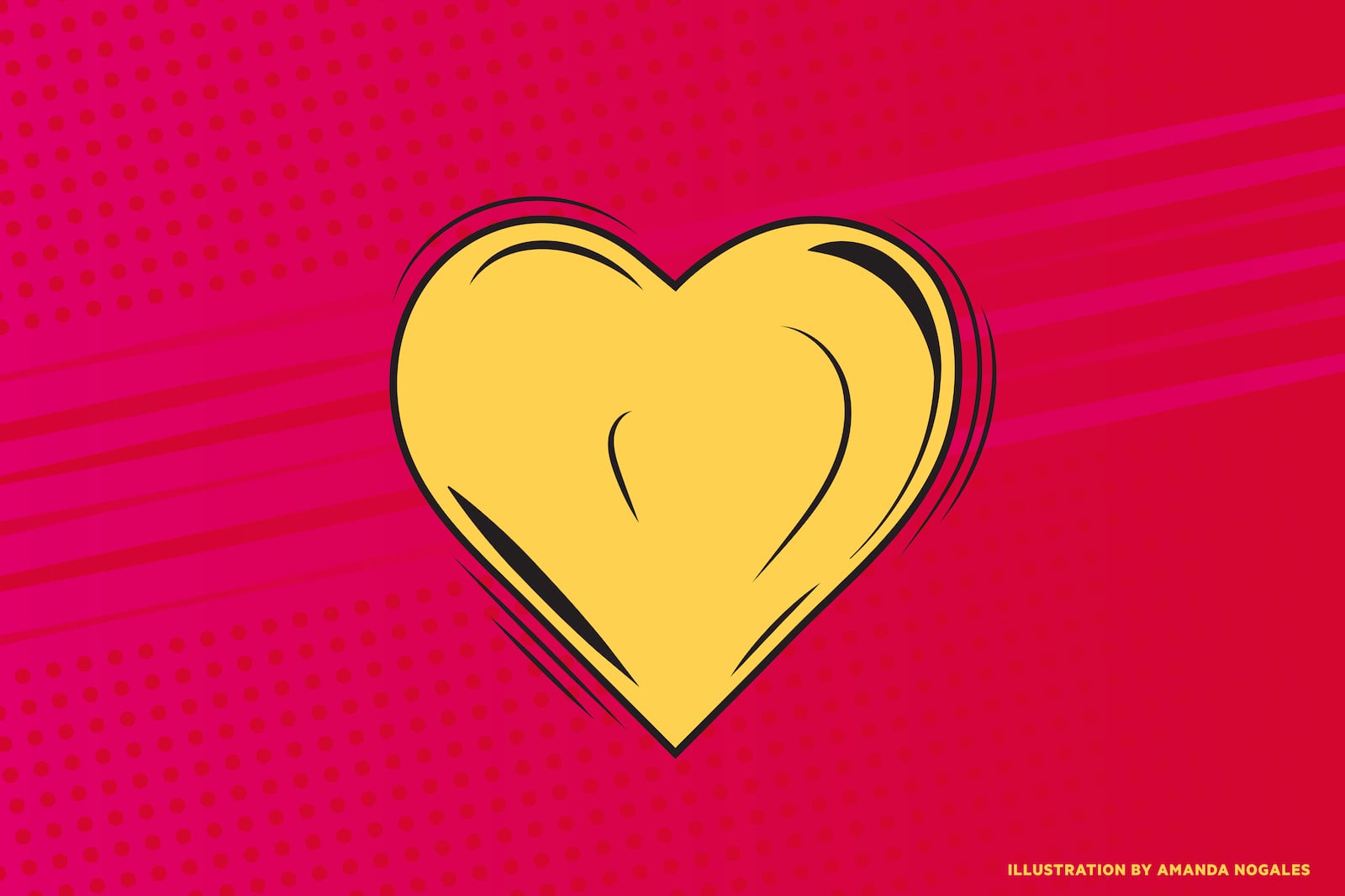This morning, I saw a Facebook post from a friend I grew up with. It had a picture of her husband, who took his life. One of the comments was haunting, “I wish I had known he needed help.”
Each one of us is affected by the silent struggle of suicide. We are facing a new kind of pandemic—an emotional pandemic. For years, we isolated, quarantined and shut the doors to our homes, businesses, churches and community centers. We hid our smiles behind masks. We also started to shut our hearts and shut off our emotions. Because of this social isolation, America is currently on track to have the highest number of suicides ever recorded. I’m not OK with this.
For years, we stopped connecting face-to-face and replaced hugs with emojis, smiles with masks, and eye contact with video conferencing. We are now feeling the effects in severe ways. In her book, “Daring Greatly: How the Courage to Be Vulnerable Transforms the Way We Live, Love, Parent, and Lead,” Brene Brown said, “Connection is why we’re here; it gives purpose and meaning to our lives.”
Look at your company roster. Are there more than 20 people? If the answer is yes, at least one person you know is struggling. Approximately 1 in every 20 adults in the United States have seriously considered suicide. Utah exceeds that number. There is someone who is overwhelmed and is thinking about giving up right now. Stop and ask yourself who it is. Spend the time to truly see them. Say, “Hello,” and offer a smile. Put your arm around a co-worker or business partner and ask sincerely, “How are you doing?” This is something simple you can do that can save a life.
If you’re the person struggling, there is something you can do, too. Keep reading.
Understanding counterfeit emotions
One of the things you can do is understand the difference between a counterfeit and authentic emotion. A counterfeit emotion is an emotion that looks, acts and feels like an authentic emotion but creates destructive patterns of disconnection in our lives. Every authentic emotion has a counterfeit, except for one—peace. Peace is an emotion we all would like to feel more of. Identifying and converting counterfeits into authentic emotions is one of the best ways to find peace. There are four emotional dyads that are important to understand in regard to the issue of suicide and suicidal ideation. For this article, we will focus on guilt versus shame.
Reframing the discussion around guilt and shame
The word “guilt” is horribly misunderstood. In the years of research and focus groups I’ve held, I find that most people lump guilt and shame together as one emotion. Even online, guilt gets a bad rap and is categorized as shame. Counterfeit emotions are sneaky because they masquerade so well as authentic emotions that it’s often hard to tell the difference.
The origin of the word guilt comes from an old English word, “ġieldan” or “ġield,” which means to pay or requite. The feeling of guilt leads us to repay or make whole. Guilt is based in empathy. Because we caused someone harm, we feel remorse naturally. Guilt is a connecting emotion. For example, let’s say I did something wrong. Guilt leads me back to that person to make reparations. I first feel empathy and remorse; then, I connect to the person. Guilt connects us and leads us to repay and rebuild relationships. In order to make someone whole, we must first take responsibility for our actions.
Notice the definition of guilt does not reference the person’s character. Guilt is a critical emotion for us to feel. The counterfeit of guilt—shame—leads us to disconnect from others. When guilt says, “I did something wrong.” Shame says, “I am wrong.” Guilt says, “I made a mistake.” Shame says, “I am a mistake.” Guilt speaks to the action. Shame speaks to the character of the person. Guilt motivates us to change, connect, repay and make whole. Guilt values others. Shame leads us into a shadowy downward spiral of disconnection, anxiety, fear and devaluing.
Guilt is the way out of suicidal ideation
A study from the University of Oslo shows shame is directly correlated with substance abuse, bullying and suicide. The same research shows guilt is inversely correlated. Taking responsibility for our actions and making others whole frees us from the chains of shame. It releases the grip of our negative actions. Guilt is not meant to be held; it’s meant to be felt, acted on and released. It’s meant to lead us to action. The feeling leaves on its own once reparations are in place and the other person is made whole. A sense of relief fills that space in our souls. Stand up and take responsibility for your actions. Free yourself from the mistakes of the past. It’s time to clean the cobwebs from your soul.
If taking responsibility feels a little overwhelming right now, reach out to a friend for help. We have all gone through struggles. You’d be surprised at how many people can relate to what you are going through.
If you see someone hurting, encourage them to share their struggles without fear of judgment. This can dismantle the shame, creating space for healing.
For additional help and resources, please visit:
Suicide Prevention Hotline: 988 (text or call)

